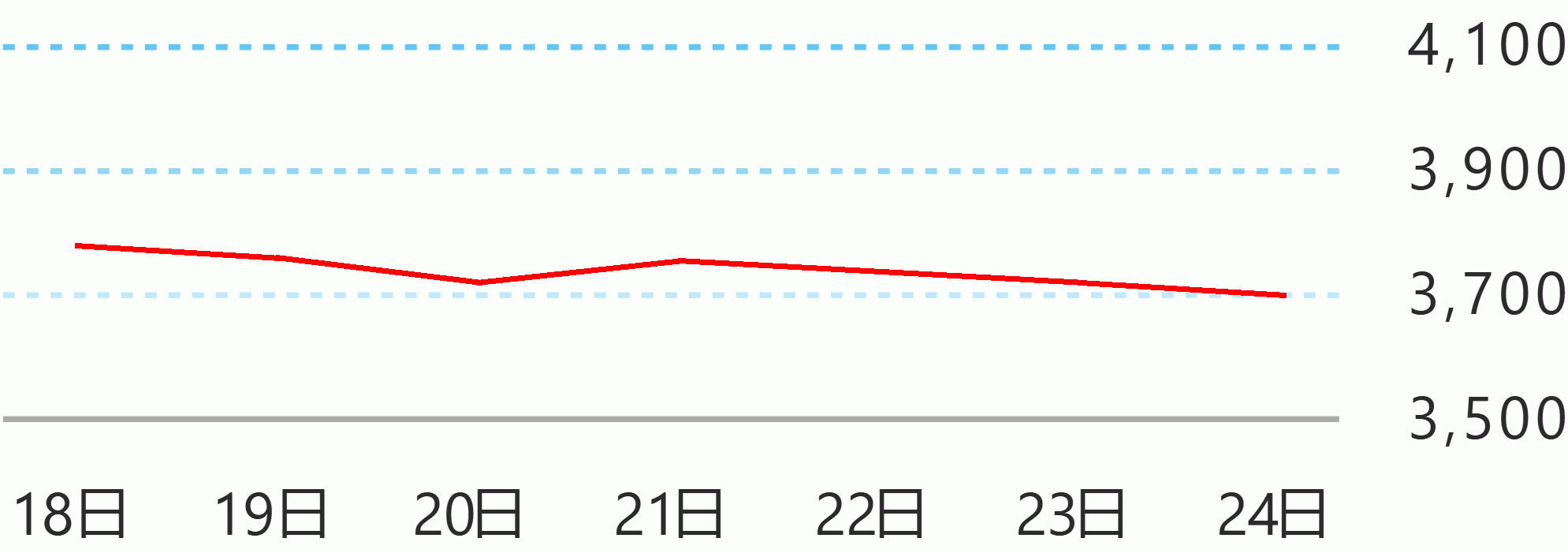The Philippine economy needs to diversify and not rely on remittances and business process outsourcing alone to prevent the peso from depreciating too much whenever uncertainties arise from advanced economies, the Department of Finance (DOF) said.
In an economic bulletin on Asian currencies, Finance Undersecretary Gil Beltran said the Philippine peso was among Asian currencies that appreciated eight years before the global financial crisis in 2008.
Citing the Bloomberg and Asian Development Bank, data showed that the currencies of 12 Asian economies appreciated by 9.3 percent from December 2000 to December 2007.
The most appreciated currencies were the Korean won (26 percent), Thai baht (22.1 percent), Singapore dollar (16.9 percent), the Philippine peso (16.8 percent), the Indian rupee (15.7 percent) and the Malaysian ringgit (12.9 percent).
But nine years after, as the international economy started to recover from the global financial crisis, Asian currencies reversed and depreciated by 14.6 percent.
Except for Singapore dollar and the Thai baht which continued to appreciate, the same currencies that appreciated were among the most depreciated.
These were the Indian rupee (62.1 percent depreciation), Indonesian rupiah (35.4 percent), Malaysian dollar (27.2 percent), Philippine peso (21.9 percent), and Korean won (20.7 percent).
“Currency movements in Asia are a complex product of external and internal economic factors. But in the case of movements from 2008 to 2017, these are mostly accounted for by external factors, mainly the Fed QE [quantitative easing] policy,” Beltran said.
Beltran said regression results show that Fed QE policy accounted mostly for currency movements from 2008 to 2013, with domestic inflation accounting for less than 10 percent.
Compared to other Asian currencies Hong Kong dollar depreciated only by 0.1 percent from 2007 to September 2017. Taiwan dollar, on the other hand, appreciated by 7.4 percent in the same period, he said.
Beltran said significant diversification of the economy, as in the case of Taiwan and Hong Kong would, however, lead to lesser influence from external factors.
“This is what the Philippine economy aims to achieve in the medium term,” Beltran said.
Remittances and business process outsourcing receipts together account for around $50 billion inflows annually which provide strength to the country’s external payments position.
Last year alone, remittances reached around $26 billion, which accounted for 10 percent of the country’s GDP.
Earlier, Finance Secretary Carlos Dominguez III said the government would not intervene in the foreign exchange market despite the weakening of the peso against the US dollar.
Dominguez also assured the public that the peso’s decline was not a cause for alarm as the economy has become more resilient against the adverse impact of a weakening currency.
“In the past, the exchange rate impacted inflation rate almost immediately. It no longer does it. We are a much larger economy, much more diversified,” he said in a previous statement.
He said the economy was very different from what it was in the 1990s and he thanked the administrations of former Presidents Gloria Arroyo and Benigno Aquino III for doing a “very good” job of managing the economy.
Dominguez said a weak peso, on the contrary, benefits more Filipinos, particularly the families in the country of Filipinos working overseas and those employed in the business process outsourcing industry.
But DBCC’s forecast for the years 2018 to 2022 was adjusted to P48 to P51 per dollar, due to the resumption of the US Federal Reserve’s monetary policy tightening that could put more pressure on the peso. DMS





 English
English









